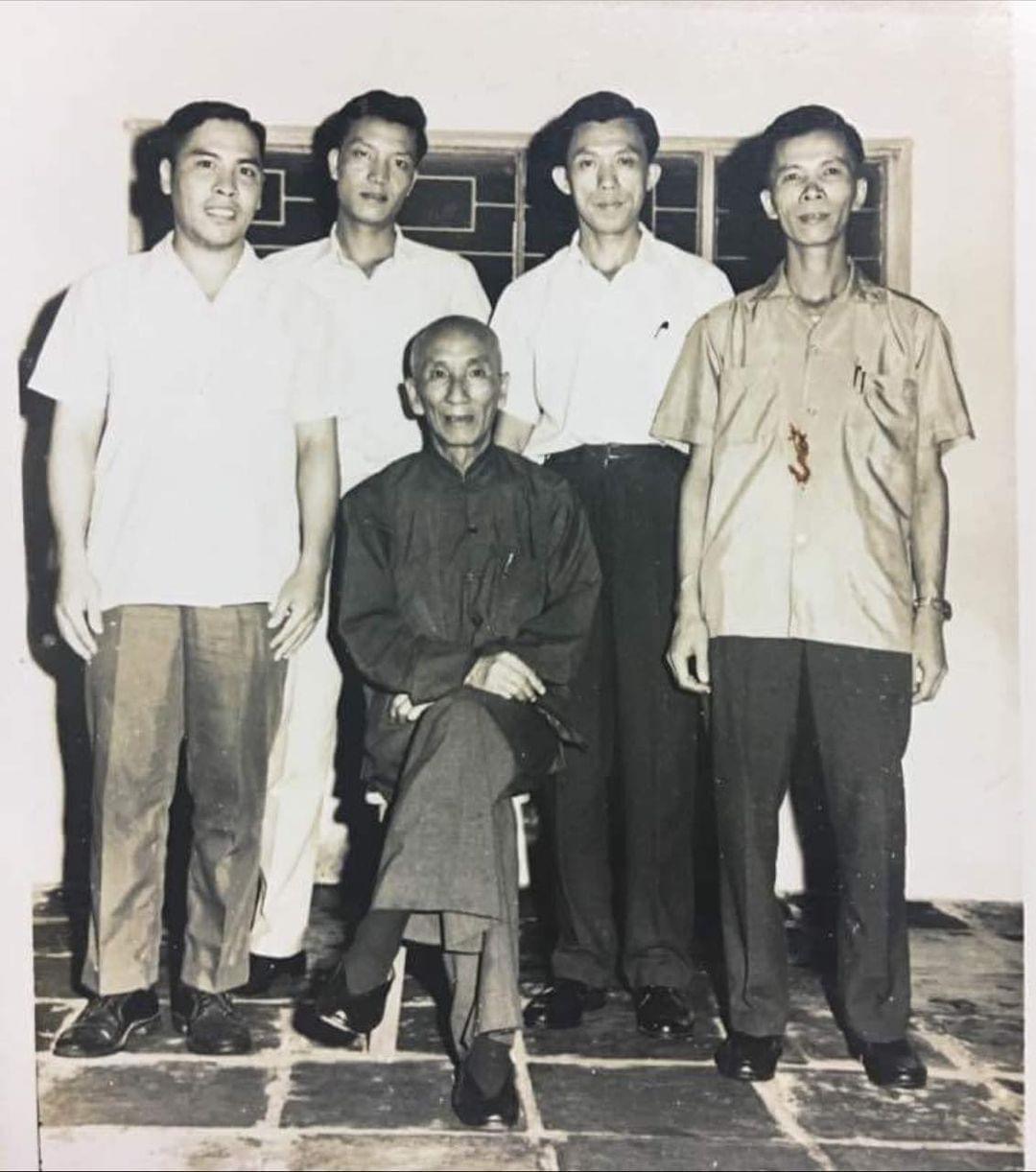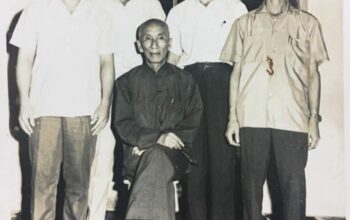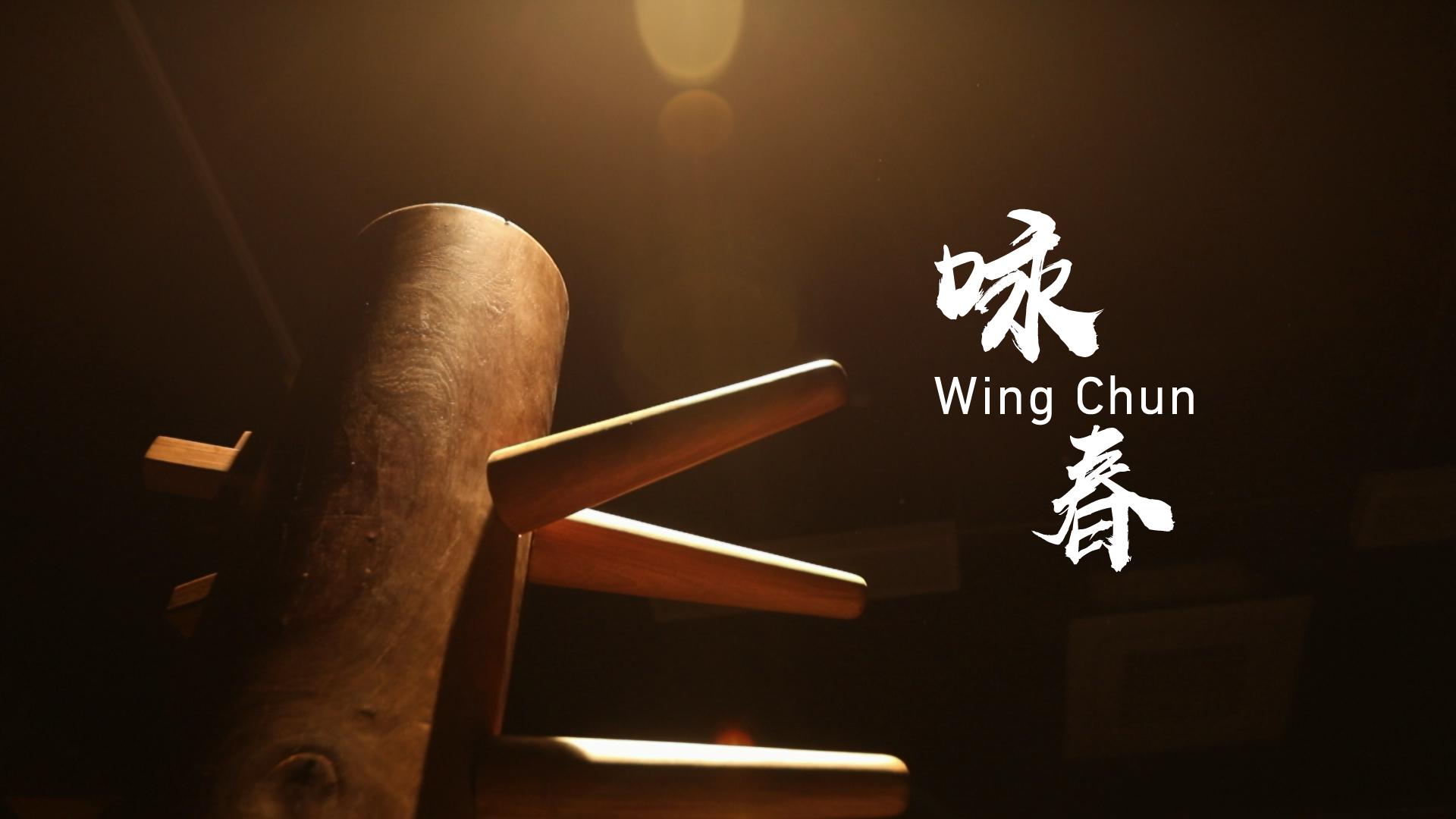Wing Chun, a traditional Chinese martial art, is renowned for its effectiveness in close-quarters combat. Developed over centuries, it emphasizes efficiency, practicality, and the ability to overcome larger and stronger opponents. While Wing Chun’s focus on close-range techniques is a defining characteristic, it is not exclusively limited to close-quarters combat. In fact, Wing Chun’s principles and techniques can be applied effectively in various combat scenarios, ranging from close-quarters to mid-range encounters.
One of the fundamental principles of Wing Chun is to maintain a centerline position. By staying centered, practitioners are able to effectively control and dominate their opponents. This principle applies regardless of the distance between fighters. In close-quarters combat, the centerline becomes even more crucial as fighters engage in rapid exchanges of strikes and grappling techniques. However, the same principle can be adapted to mid-range encounters, allowing Wing Chun practitioners to maintain control and execute precise attacks while keeping a safe distance from their adversaries.
Furthermore, Wing Chun’s training methods and techniques provide practitioners with a solid foundation for adaptability in combat. While the art’s primary focus is on close-quarters combat, its techniques and principles can be modified to suit different situations. Wing Chun’s emphasis on sensitivity and interception allows practitioners to bridge the gap between ranges effectively. By cultivating a keen sense of timing and distance management, Wing Chun practitioners can seamlessly transition from close-quarters to mid-range combat.
Wing Chun’s unique structure and biomechanics also contribute to its versatility in combat. The system’s techniques are designed to maximize efficiency and minimize unnecessary movements. The economy of motion in Wing Chun allows practitioners to generate power and deliver strikes with precision, regardless of the range. The principles of simultaneous attack and defense, along with the use of short-range punches, can be applied effectively in both close-quarters and mid-range scenarios. This versatility makes Wing Chun a well-rounded martial art that can adapt to different combat situations.
Moreover, Wing Chun’s training methods go beyond close-quarters combat techniques. The art places significant emphasis on sensitivity training, known as Chi Sau or “sticky hands.” Chi Sau trains practitioners to develop sensitivity to their opponent’s movements, enabling them to effectively read and react to attacks. This heightened sensitivity is invaluable in all ranges of combat, as it allows Wing Chun practitioners to anticipate and intercept strikes, regardless of the distance between fighters.
It is worth noting that while Wing Chun can be applied in various combat scenarios, it is not a comprehensive martial art that covers every range and technique. Like any martial art, it has its strengths and limitations. For instance, long-range kicks and grappling techniques are not extensively covered in traditional Wing Chun curricula. However, Wing Chun’s focus on close-quarters combat and adaptability makes it an excellent complement to other martial arts or self-defense systems that specialize in long-range or ground fighting.
In conclusion, while Wing Chun is renowned for its effectiveness in close-quarters combat, it is not exclusively limited to that range. Wing Chun’s principles, techniques, and training methods can be adapted to different combat scenarios, including mid-range encounters. The art’s emphasis on centerline control, adaptability, and sensitivity training equips practitioners with the skills necessary to engage effectively at various distances. Whether in close-quarters or beyond, Wing Chun remains a formidable martial art that offers practical self-defense techniques for real-world situations.







